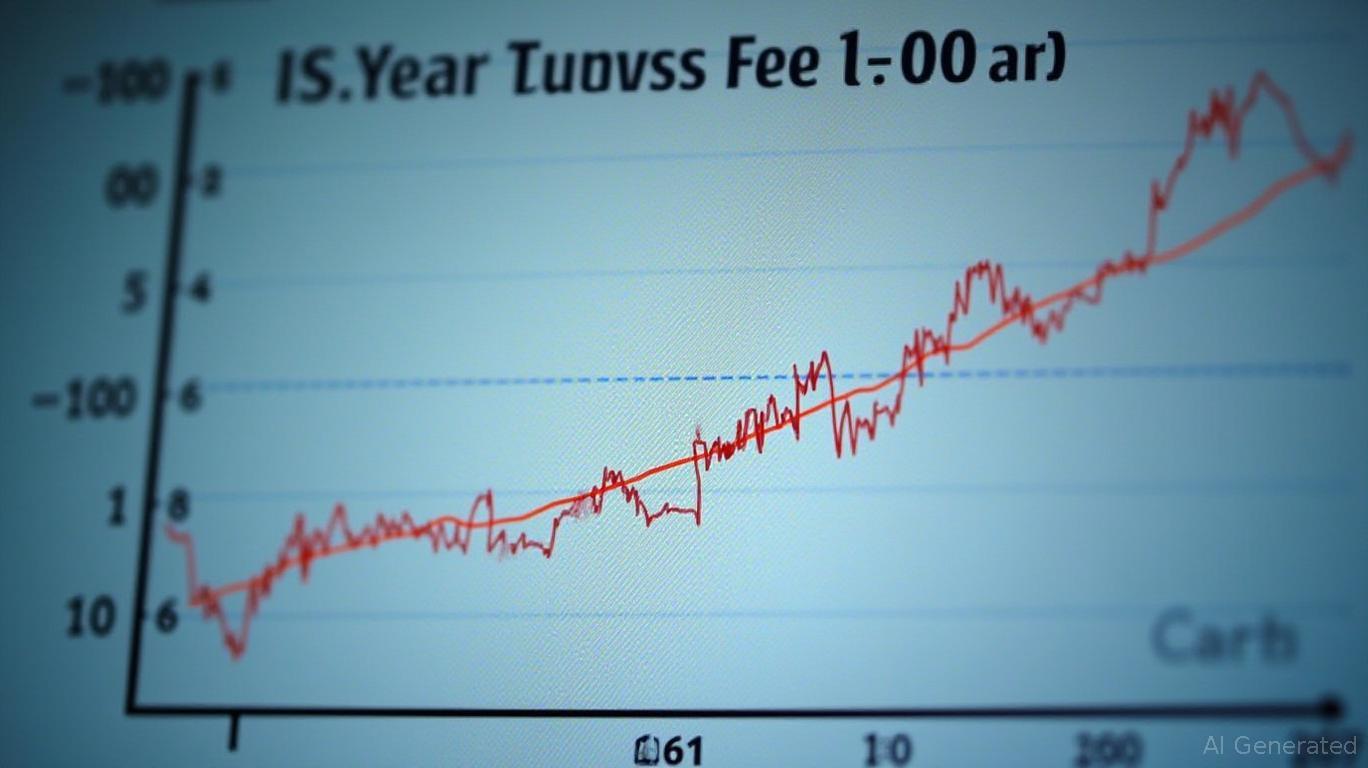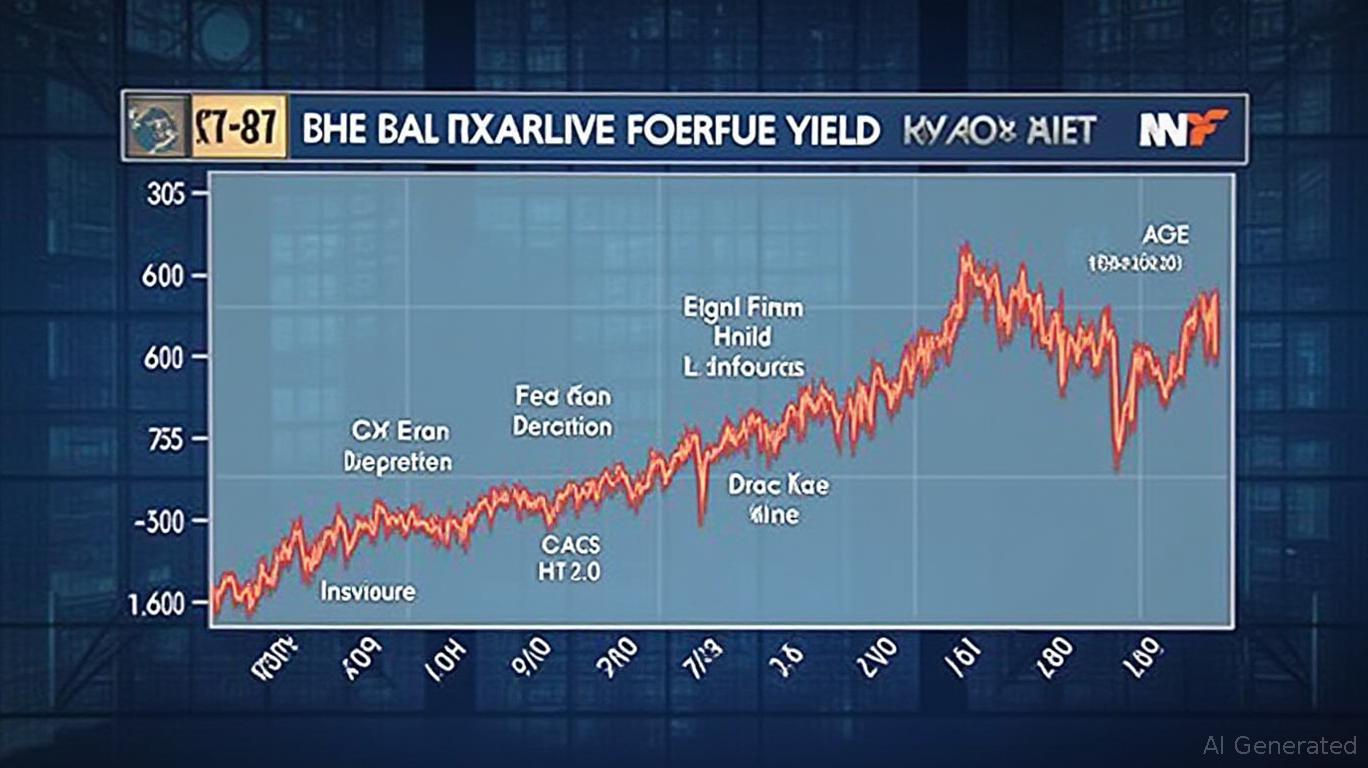Tariff Truce, Fed Resolve: How Higher Yields Signal the Next Play in Fixed Income
The U.S.-China tariff agreement, though temporary, has recalibrated the global economic landscape, creating a pivotal moment for bond investors. With trade tensions easing but inflationary pressures persisting, the Federal Reserve’s hands are tied—setting the stage for prolonged higher yields and delayed rate cuts.  . This is no time for complacency: the path to profit lies in sectors that thrive under a Fed on hold and inflation that refuses to retreat.
. This is no time for complacency: the path to profit lies in sectors that thrive under a Fed on hold and inflation that refuses to retreat.
Trade Risk Reduction ≠ Inflation Relief
The 90-day tariff truce slashes U.S. levies on Chinese goods from 145% to 30% and China’s tariffs from 125% to 10%, reducing immediate market volatility. . Yet, these rates remain far above pre-trade-war levels, keeping input costs elevated for industries from autos to semiconductors. Supply chains may normalize, but businesses still face a 10-30% tariff drag—ensuring inflation remains stubbornly sticky.
Fed officials have openly acknowledged this tension. Stagflation warnings have grown louder, with policymakers emphasizing that “price stability must precede rate cuts.” The central bank’s dilemma? Lowering rates now could risk a resurgence in inflation, while inaction keeps borrowing costs elevated—both scenarios favor higher bond yields for longer.
Why the Fed Won’t Blink on Rates
The tariff deal’s temporary nature amplifies uncertainty, but the Fed’s priority is clear: prioritize inflation over growth. Even if the 90-day agreement extends, the U.S. trade deficit—still a $1.2 trillion “emergency”—will keep pressure on policymakers to avoid premature easing.
Ask Aime: "Will the 90-day tariff truce affect bond yields and rate cuts?"
- Short-Term Treasuries (1-3Y): The yield curve’s front end is poised to outperform as the Fed’s “wait-and-see” stance limits rate-cut odds.
- Inflation-Linked Bonds (TIPS): The 5-year breakeven rate (a proxy for inflation expectations) has hit 2.8%—a sign investors anticipate pricing pressures for years.
Meanwhile, financial stocks (e.g., JPM, MS, COF) are primed to benefit from steeper yield curves, as banks’ net interest margins expand with higher short-term rates.
Beware the Rate-Sensitive Bear Trap
The Fed’s resolve means investors must avoid sectors that thrive in low-rate environments.
- Real Estate (REITs): Higher short-term rates directly compress their valuations.
- Utilities: Rate-sensitive equities with low growth profiles are vulnerable to rising discount rates.
Even tech giants like aapl and AMZN, which depend on cheap debt for expansion, face headwinds as borrowing costs linger above 5%.
The Roaring Kitty Playbook
- Rotate into Financials: Institutions like JPMorgan and Capital One have pricing power in a high-rate world.
- Lock in Short-Term Treasuries: Avoid the duration risk of 10Y+ bonds—stick to 1-3Y maturities.
- Buy TIPS: Inflation is a multiyear story.
The Fed’s reluctance to cut rates is no temporary quirk—it’s a structural shift. With trade tensions paused but inflation intact, higher yields are here to stay. This is your window to pivot portfolios toward sectors that profit from Fed resolve—and away from those that demand easy money.
Act now. The truce is temporary, but the yield rally isn’t.










